
Ingredient
Lapacho (infusion bark)
The Healing Elixir from the Forest
Lapacho bark is harvested from the inner lining of the Tabebuia trees, which are native to the rainforests of South America. It has a reddish-brown color and a fibrous texture. Lapacho imparts a distinct earthy and woody flavor to infusions, teas, and broths. It is often used as a natural remedy for its potential health benefits and is a popular ingredient in traditional South American cuisines.
Origins and history
Lapacho has a rich history in South American indigenous cultures, where it has been used for centuries as a natural remedy for various ailments. It is believed to have originated in the Amazon rainforest and has been traditionally used by indigenous tribes for its potential anti-inflammatory, antimicrobial, and antioxidant properties. Lapacho is also known for its immune-boosting effects and is often consumed as a tea or infusion to support overall well-being.
Nutritional information
Lapacho is not a significant source of nutrients and is primarily consumed for its potential health benefits.
Allergens
Lapacho bark is not known to be allergenic, but individuals with tree bark allergies should exercise caution and consult with a healthcare professional if unsure.
How to select
When selecting lapacho bark, look for pieces that are free from mold, mildew, or insect damage. The bark should have a reddish-brown color and a fresh, earthy aroma. Avoid bark that appears dull or discolored, as it may be less potent. It is best to purchase lapacho bark from reputable sources that specialize in medicinal herbs and ensure sustainable harvesting practices.
Storage recommendations
To maintain the freshness and potency of lapacho bark, store it in an airtight container in a cool, dark place away from direct sunlight. Properly stored, lapacho bark can last for up to a year. When preparing lapacho infusions or teas, use approximately 1 tablespoon of bark per cup of boiling water and steep for 10-15 minutes. Strain before consuming.
How to produce
Lapacho trees are native to the rainforests of South America and require a tropical or subtropical climate to thrive. They can be grown from seeds or propagated through cuttings. However, it is important to note that lapacho trees are protected in many regions, and harvesting the bark should be done responsibly and sustainably.
Preparation tips
Lapacho bark is primarily used to make infusions, teas, and broths. It can be enjoyed on its own or combined with other herbs and spices to create unique flavor profiles. Lapacho infusions are often consumed for their potential health benefits and are believed to support immune function, digestion, and overall well-being. Additionally, lapacho bark can be used as a natural dye or added to homemade tinctures and extracts.
Culinary uses
Lapacho bark is primarily used in traditional South American cuisines, particularly in countries like Brazil, Argentina, and Peru. It is commonly used to make lapacho tea, which is enjoyed both for its flavor and potential health benefits. Lapacho-infused broths and soups are also popular in these regions, adding a distinct earthy and woody taste to the dishes.
Availability
Lapacho bark is primarily sourced from the rainforests of South America, particularly the Amazon basin. It is also cultivated in other tropical regions with suitable climates. Lapacho bark is less commonly available in mainstream grocery stores but can be found in specialty health food stores or online retailers that specialize in medicinal herbs and teas.
More ingredients from this category » Browse all

Hibiscus (infusion seeds)
The Vibrant Infusion

Lignum vitae (infusion bark, wood)
"The Mighty Lignum Vitae: Nature's Healing Power"

Juniper (infusion bark, wood, shoots)
Exploring the Essence of Juniper: From Bark to Shoots

Guarana (infusion seeds)
The Energizing Amazonian Seed

Fleawort (infusion seeds)
"Nature's Digestive Aid: Unveiling the Power of Fleawort Infusion Seeds"
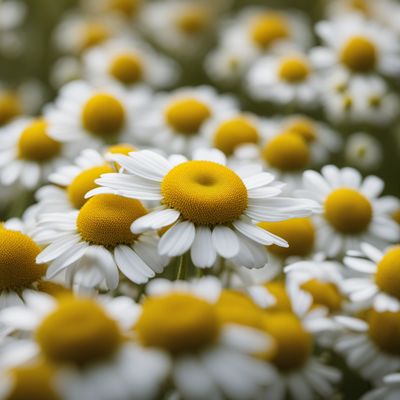
Chamomile (infusion seeds)
"The Soothing Elixir: Unveiling the Magic of Chamomile Infusion Seeds"

Parsley (infusion fruits)
The Versatile Herb: Unveiling the Infusion Fruits of Parsley
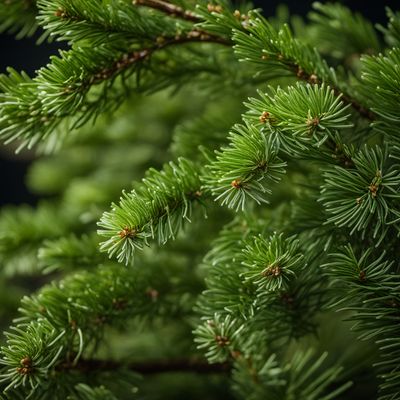
Dwarf mountain pine (infusion shoots)
The Aromatic Essence of Dwarf Mountain Pine
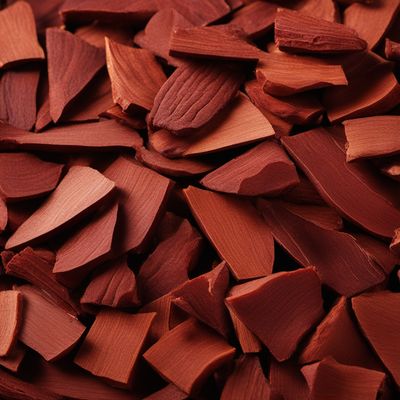
Red sandalwood (infusion bark, wood)
The Scarlet Elixir
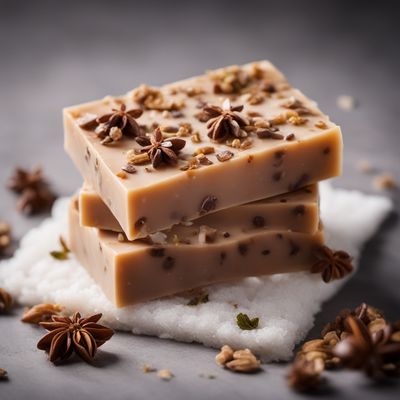
Soap-bark tree (infusion bark)
The Natural Cleanser: Soap-Bark Tree
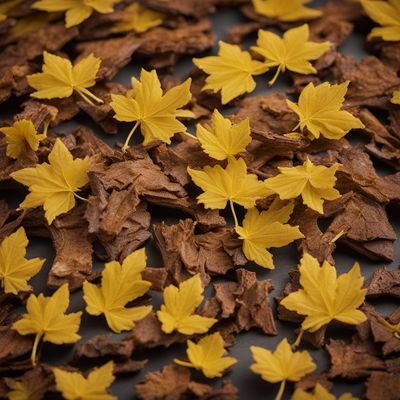
Witch hazel (infusion bark)
Nature's Astringent
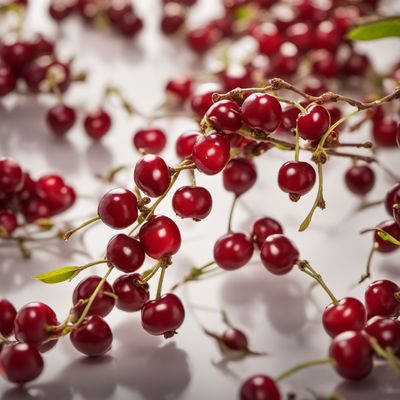
Sour cherry (infusion stems)
The Tangy Elixir: Sour Cherry Infusion Stems